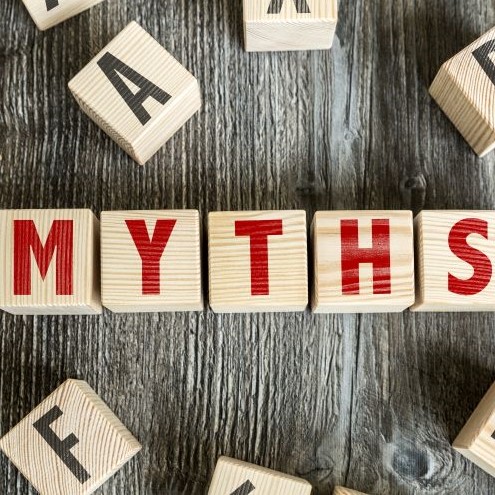Determining the value of a business is an essential exercise for many reasons. In many cases, a valuation is conducted because the business is involved in a sale or acquisition. In other cases, determining a company’s value is needed for shareholder buy-ins, estate planning or for litigation, such as divorce cases. For most business owners, a business valuation will only be conducted one or two times during the tenure of their ownership. Thus, many are unfamiliar with how valuations are conducted and the various approaches that can be taken. There are three possible approaches that can be used to conduct a valuation—the asset approach, income approach, and the market approach. The following provides a summary to help business owners understand the asset approach and when it’s commonly used.
What is the Asset Approach?
The Asset Approach measures the current market value of a company’s assets subtracted from its liabilities to determine the value of a business. As part of the analysis, valuation professionals will determine which of the company’s assets and liabilities should be evaluated and how to measure each. Depending on the size of the company, this can be challenging. Identifying the assets to be evaluated requires vision beyond the balance sheet. Often companies may not think of certain business factors as assets, such as internally developed products or innovative business methods, which can certainly impact the value of the company.
Asset Approach Methods
When using this approach, there are two primary methods for determining a company’s value, which include:
- Asset Accumulation Method – The asset accumulation method is primarily used to value companies with a significant number of assets and earnings that don’t support a value greater than the value of tangible assets. Examples of such companies may include real estate holding or oil and gas companies. This method uses the sum of the listed tangible assets and liabilities listed on the balance sheet with the goal of arriving at a total value based on the value of individual assets. A step up or discount must be applied to account for the cost to obtain similar assets in current market conditions. Finally, the intangible assets (e.g., strategic partnerships and intellectual property) and liabilities (e.g., pending litigation or tax obligations) of a company are considered and a final value assigned.
- Capitalized Excess Earnings Method – The capitalized excess earnings method is also known as the Treasury Method because it was introduced by the Department of the Treasury in the 1920s to determine the value of a company’s goodwill. The basic concept behind this method is that it seeks to determine the value of a company beyond its tangible assets by separating and assigning a value to its intangible assets. It arrives at a value by determining income produced by tangible assets and adds it to the value of intangible assets. This method is often used for small business valuations in the context of a divorce.
Contact Us
Business valuations are complex, and the approach used is based on several factors beyond just business size and type. For this reason, it’s important to consultant with an experienced provider who can identify the most appropriate method for your situation. If you are thinking about selling your company or need a valuation for other reasons, Selden Fox can help! For additional information call us at 630.954.1400, or contact us directly. We look forward to speaking with you soon.







